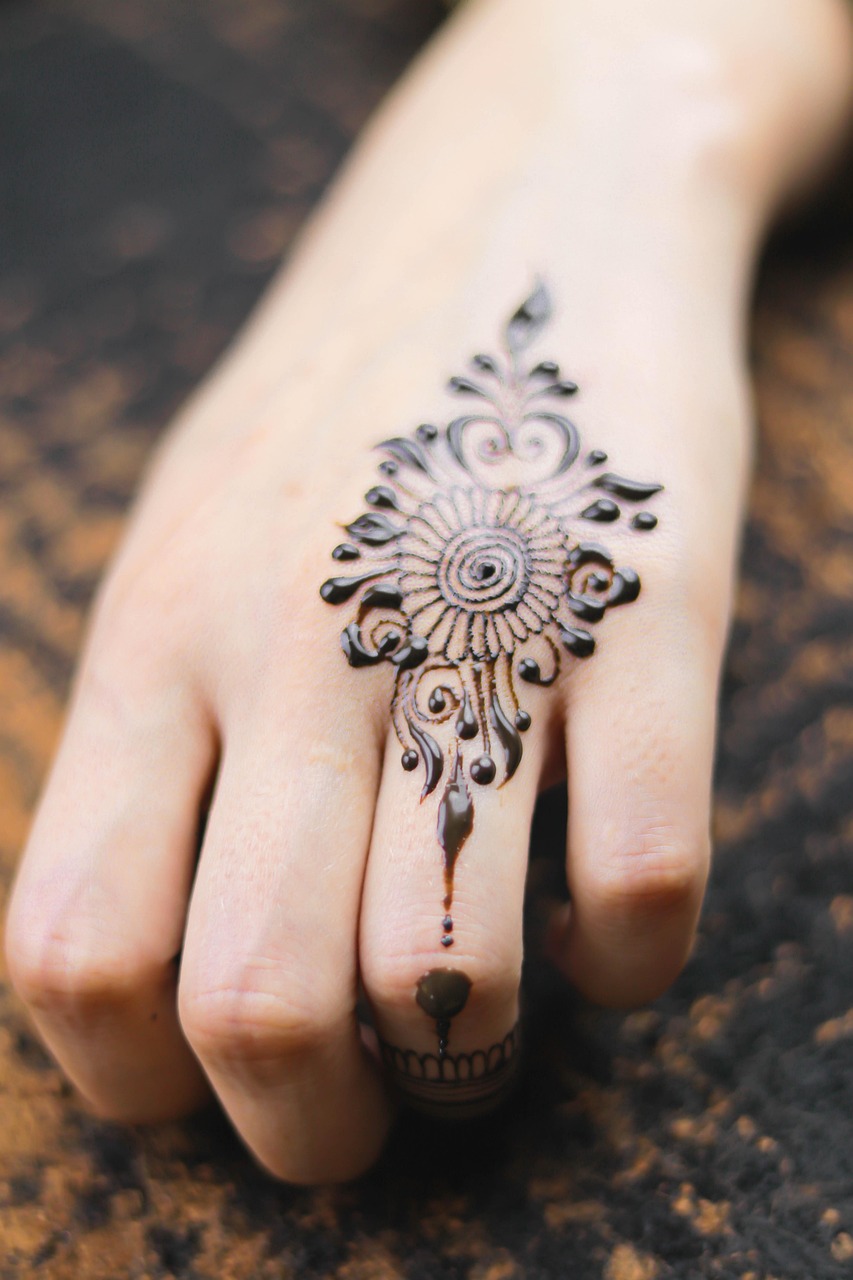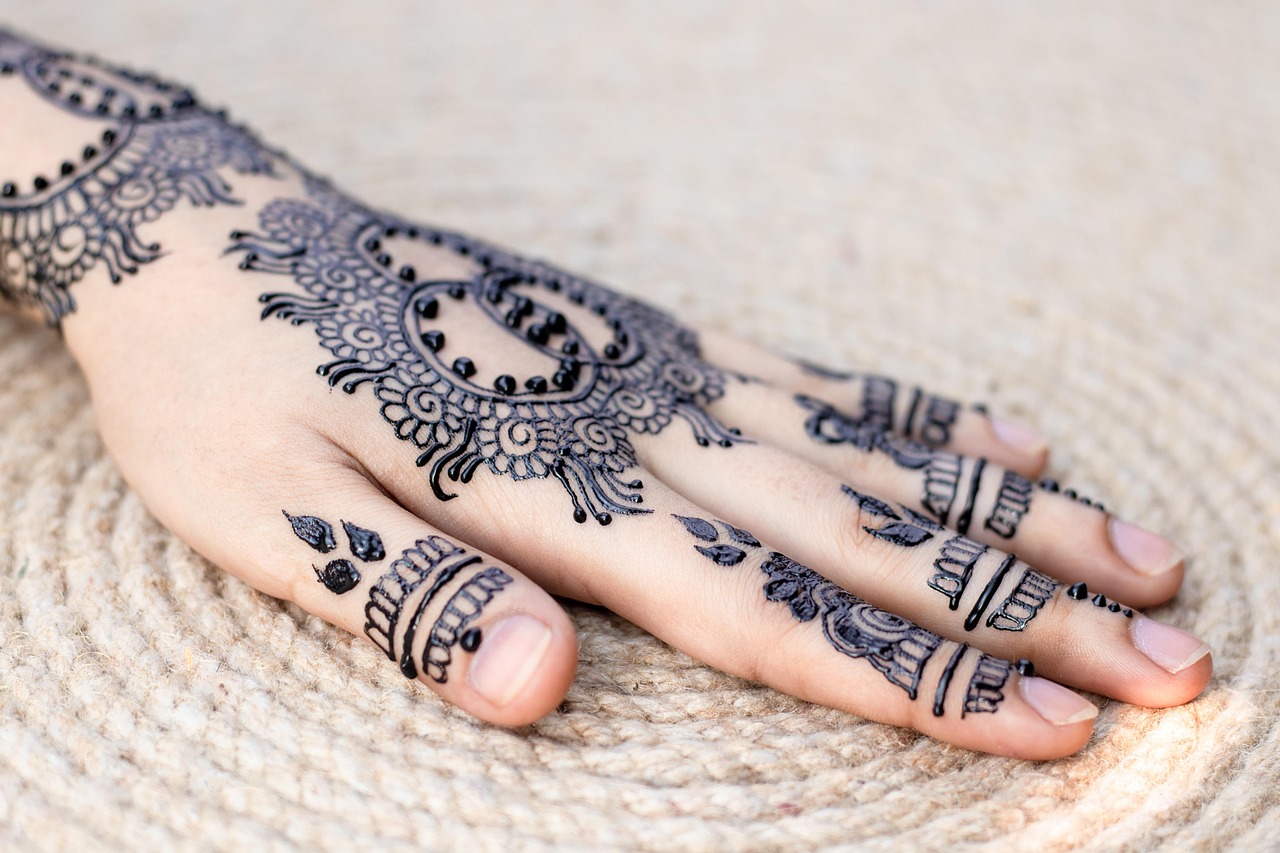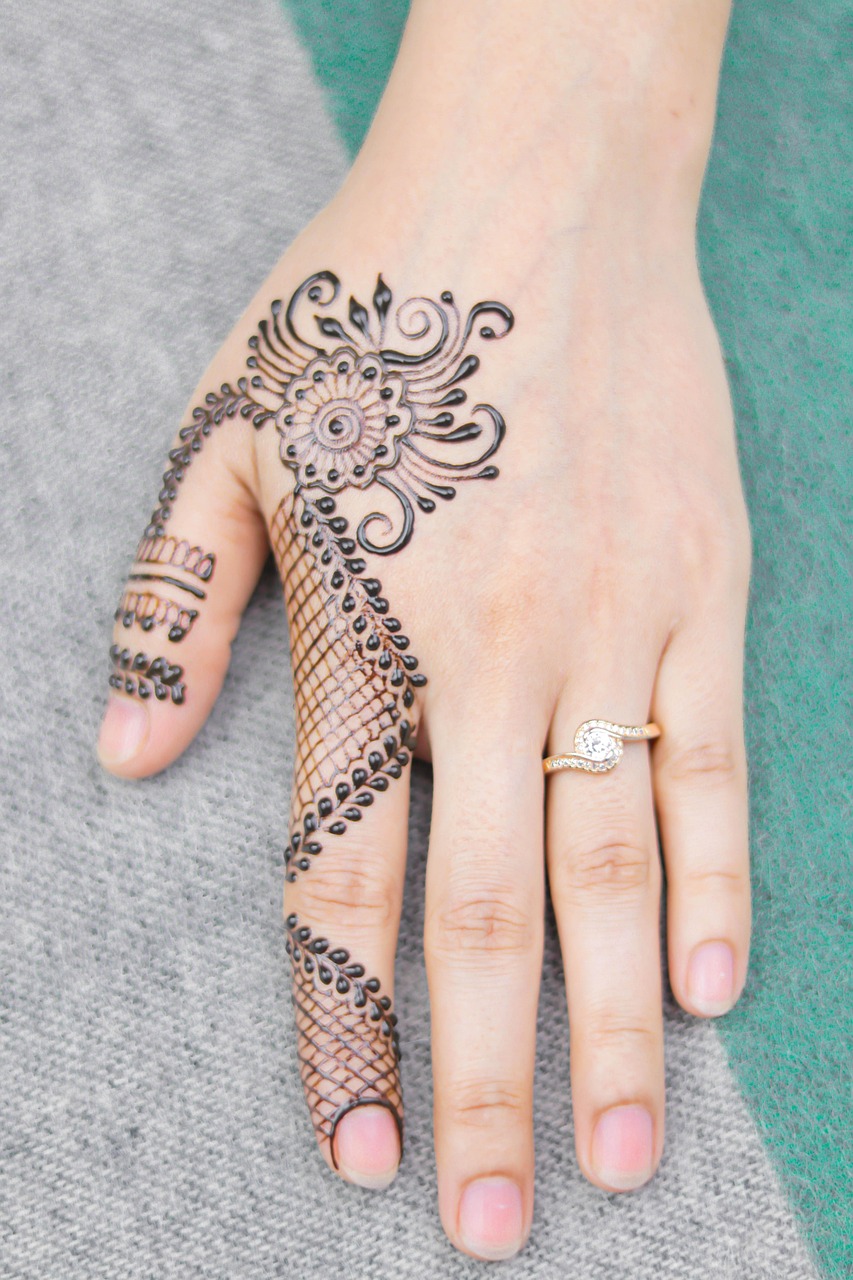Mehndi Starting Design: A Guide to Stunning Beginnings
Mehndi, or henna art, is an integral part of cultural celebrations across various regions. Whether itâs a wedding, festival, or casual gathering, the design’s starting point sets the tone for the entire pattern. In this article, weâll explore the intricacies of the “mehndi starting design,” its importance, and expert insights to help you craft or choose the perfect design.
Key Aspect of “Mehndi Starting Design”
The starting design in mehndi is more than just a decorative element. It serves as the foundation for the entire piece of art. By focusing on an easy yet captivating initial design, you ensure the rest of the pattern flows beautifully.
What is the significance of starting small with mehndi designs?
The initial design creates balance in the composition and determines the direction of the overall pattern. A mistake at this stage can impact the symmetry and elegance of intricate designs. Therefore, starting small allows for adjustments and blending later.
Did You Know?
According to Indian Express, the practice of applying mehndi to hands and feet has evolved over centuries, with initial designs serving as symbols of good fortune and positivity.
Simple and Classic Elements for Mehndi Starting Design
The best mehndi starting designs often feature basic shapes like dots, circles, paisleys, or florals. These simple elements are versatile and can act as a base for both beginner and advanced designs. Starting with clean lines ensures symmetry and aesthetic appeal as the design branches out.
What are the best options for a beginner-friendly starting design?
Beginners can try designs like single dots, simple swirls, or tiny floral patterns. These starting points are easy to execute and build upon, providing flexibility for more intricate additions later.
Case Study: Professional Mehndi Artists
Mehndi artists like Veena Nagda often emphasize simple starting points, such as a dainty petal at the center of the palm. This helps create a focal point for elaborate designs to develop symmetrically.
Practical Tips for Crafting the Perfect Mehndi Starting Design
Creating an eye-catching starting design requires precision and cleanliness. Here are some practical tips to get it just right:
- Keep your cone’s tip small for better control.
- Start at the center of the palm for balanced designs.
- Use basic guidelines or pencil outlines for beginners.
How can you ensure your mehndi design starts cleanly?
Always begin with a steady hand and test the henna cone’s flow on paper or skin before starting. Opt for a design youâre confident with and gradually layer complexity as needed.
Expert Tip
Noted mehndi artist Ash Kumar recommends practicing your starting design multiple times on a plain sheet to build muscle memory and achieve perfection during application.



